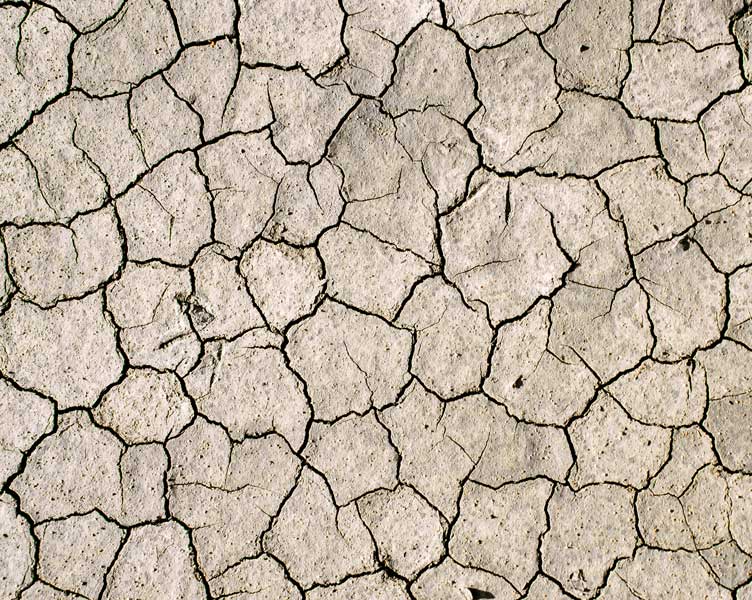If your skin is red and wet around the stoma
This may be 'irritant dermatitis' - which looks like red, wet or weepy areas surrounding the stoma. You might notice pain or even bleeding. Irritant dermatitis is caused by something that irritates your skin. It could be stool, urine, or products such as solvents or pastes.
Treatment: re-measure your stoma and make sure you are cutting the baseplate to the right size. Use the crusting technique (see below) if the skin is wet, this will help provide a seal while the skin is irritated.
Prevention: make sure you change your pouch on a regular schedule. If creases or folds in the skin may be causing leakage, consider using a protective ostomy seal or strip paste to seal and level out those areas.
If your skin is wet and bumpy
Another possible cause of red, wet areas around your stoma may be from 'mechanical irritation'. Like irritant dermatitis, mechanical irritation looks like red, weepy areas around the stoma. Pain or bleeding might occur. It's caused by removing the ostomy baseplate with too much force, or by washing your skin too vigorously.
Treatment: If your skin is wet and weepy, use the crusting technique (see below).
Prevention: Use a gentle touch when washing the area around your stoma. Likewise, be gentle when removing your baseplate. Carefully peel the baseplate downward while holding the skin tight with the other hand.
If you have tiny red, painful bumps
Tiny red, painful bumps around your stoma may be a skin issue called 'folliculitis'. This condition is common in men with hair growth on the abdomen. This can be caused by an irritation of the hair follicles under the adhesive baseplate near your stoma. It can develop if you use force rather than gently peeling when removing the appliance. It can also develop if you shave the hair in the area around your stoma incorrectly, or too often.
Treatment: If your skin is wet and weepy, use the crusting technique (see below). An antibacterial cleanser or powder may be useful: speak to your Stomal Therapy Nurse to find out if you need them.
Prevention: It is best to use scissors to clip the hairs on the skin around your stoma. An electric shaver can also be used. If you use a razor, you should use a clean, sharp safety razor, and use a non-moisturising shaving cream.

If you have an itchy, burning red rash
If the skin is red and irritated surrounding the stoma, it is also possible that you may have allergic or contact dermatitis. 'Contact dermatitis' can occur when the outer layer of skin has been cut or damaged, making it more easily irritated. 'Allergic dermatitis' occurs if you are allergic to a product that you are putting on your skin. The allergy may be caused by soap, wipes, paste, powder or the baseplate or bag material.
Treatment: Talk to your Stomal Therapy Nurse to find out what might be causing the problem and if you need a product change due to allergy.
Future Prevention: Avoid using any allergy-causing products.
If you are experiencing a red rash that progresses to round, raised areas of skin, you may have a fungal infection. A fungal infection causes itching and burning and can spread beyond the edge of the barrier. People at higher risk of a fungal infection are those who have diabetes, have anemia, have a lowered immune system or have taken antibiotics for more than a week.
Treatment: If your skin is wet and weepy, use the crusting technique (see below). Ask your Stomal Therapy Nurse if you should use an antifungal powder.
Future Prevention: Because fungal infections like moist, dark areas, always dry your skin thoroughly before applying a new pouching system. To keep your skin dry, be sure to change your pouching system before any output gets on your skin. It is also best to remove your pouching system gently, to keep your skin as healthy as possible.
*Crusting Technique:
- Cleanse skin area around the stoma with warm water and pat dry. If there is residue from stoma paste on your skin you may roll it off with a dry washcloth or use Brava Adhesive Remover. Do not scrub this off. This will irritate the skin and may cause further damage. PAT THE SKIN DRY.
- Sprinkle Brava Powder directly on the skin on the open or irritated areas. Powder will not hurt the stoma if it makes contact. Dust off excess powder to prevent clumping.
- Use a Brava Skin Barrier spray or wipe to “blot” or “dab” gently on top of the Brava Powder. This will seal the powder onto the skin. If using an alcohol skin sealant, fan the skin to decrease any burning sensation. This will resolve once the alcohol has dried. Powder will disappear/dissolve. After 10-15 seconds, a “crust” will form on the skin providing protection. Repeat the process allowing to dry completely before applying the next layer.
- After the area dries, pouch as usual. If the skin itches and develops an irregular rash that does not improve, this may be due to yeast/candidiasis. This will require use of an antifungal powder.
Note: If you detect any of these skin issues it is recommended to contact your Stomal Therapy Nurse



